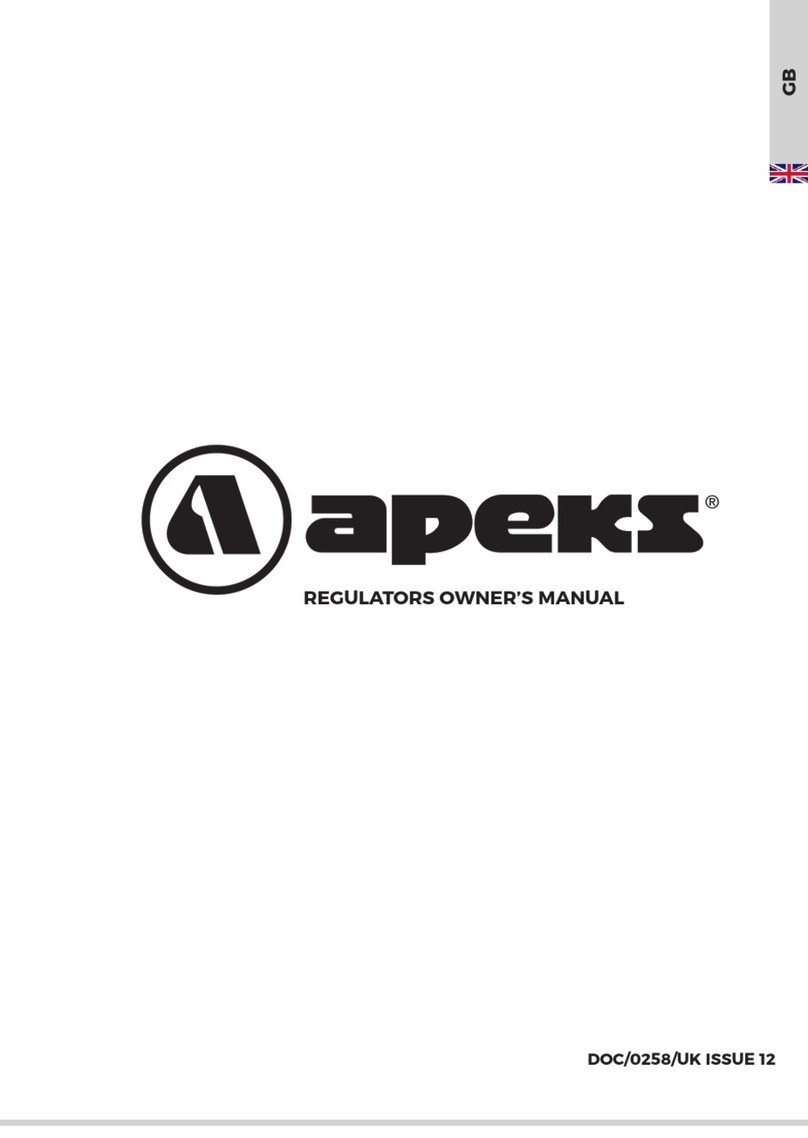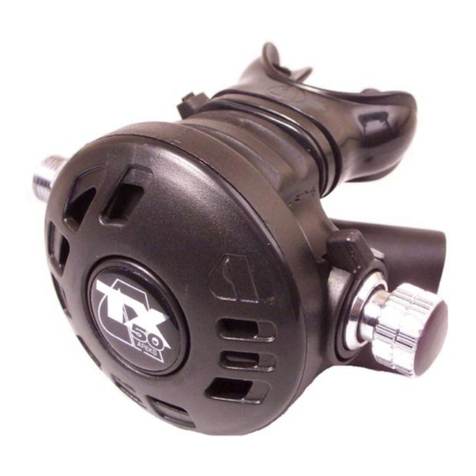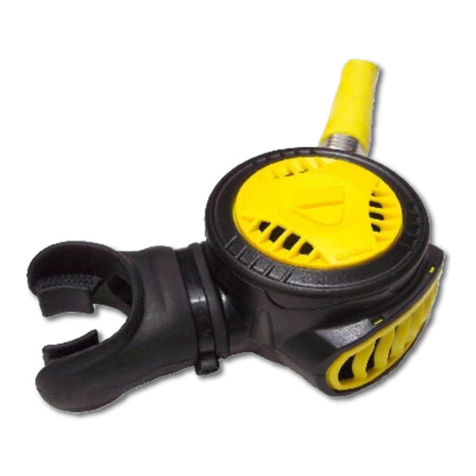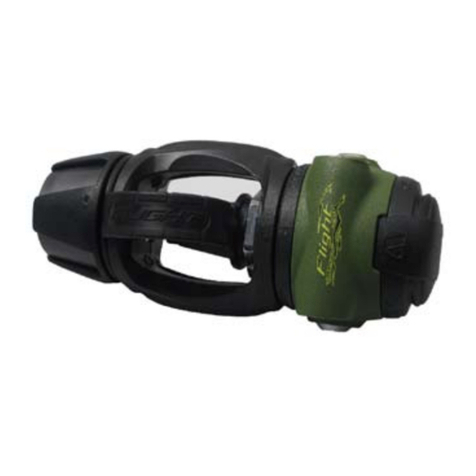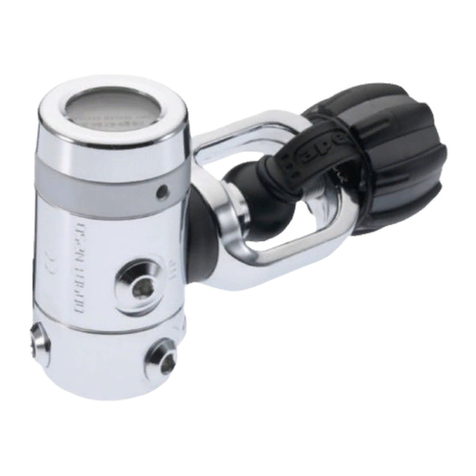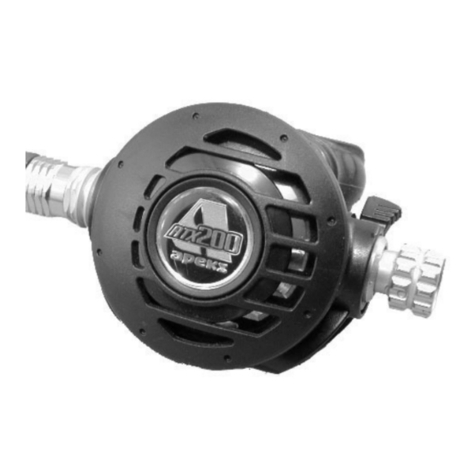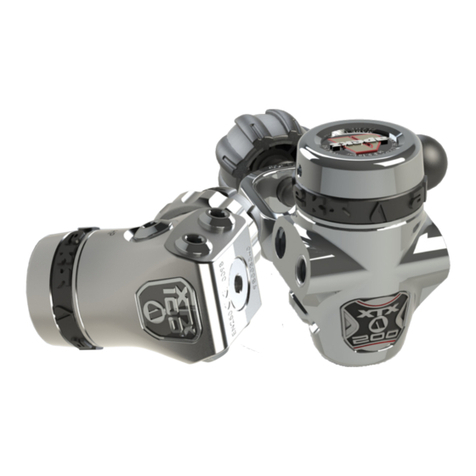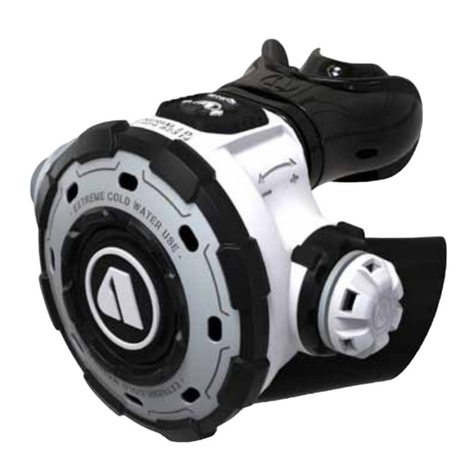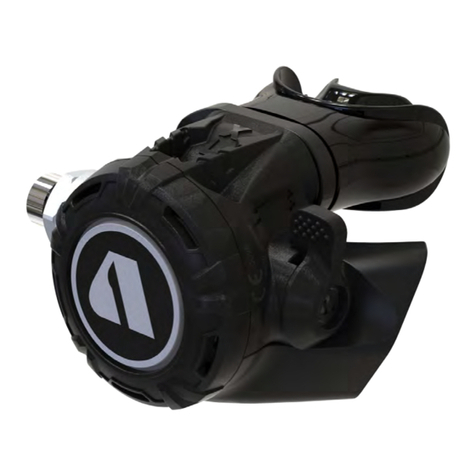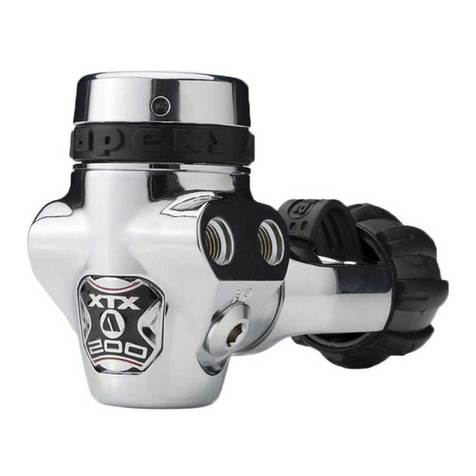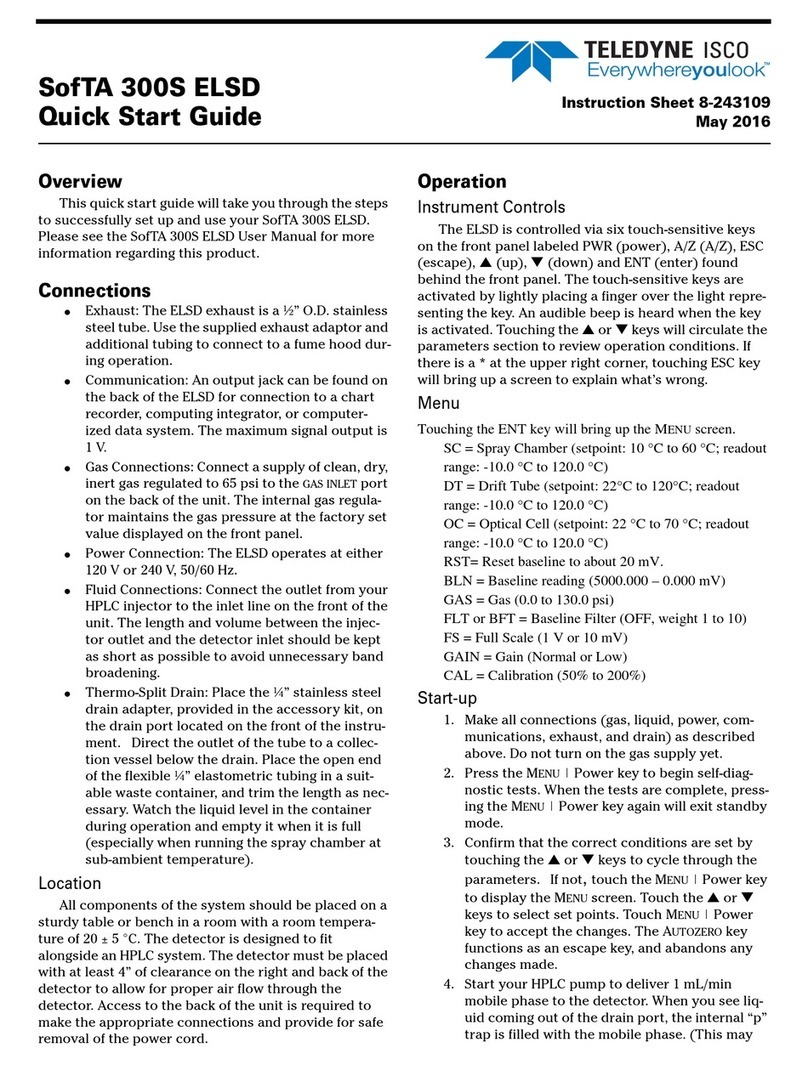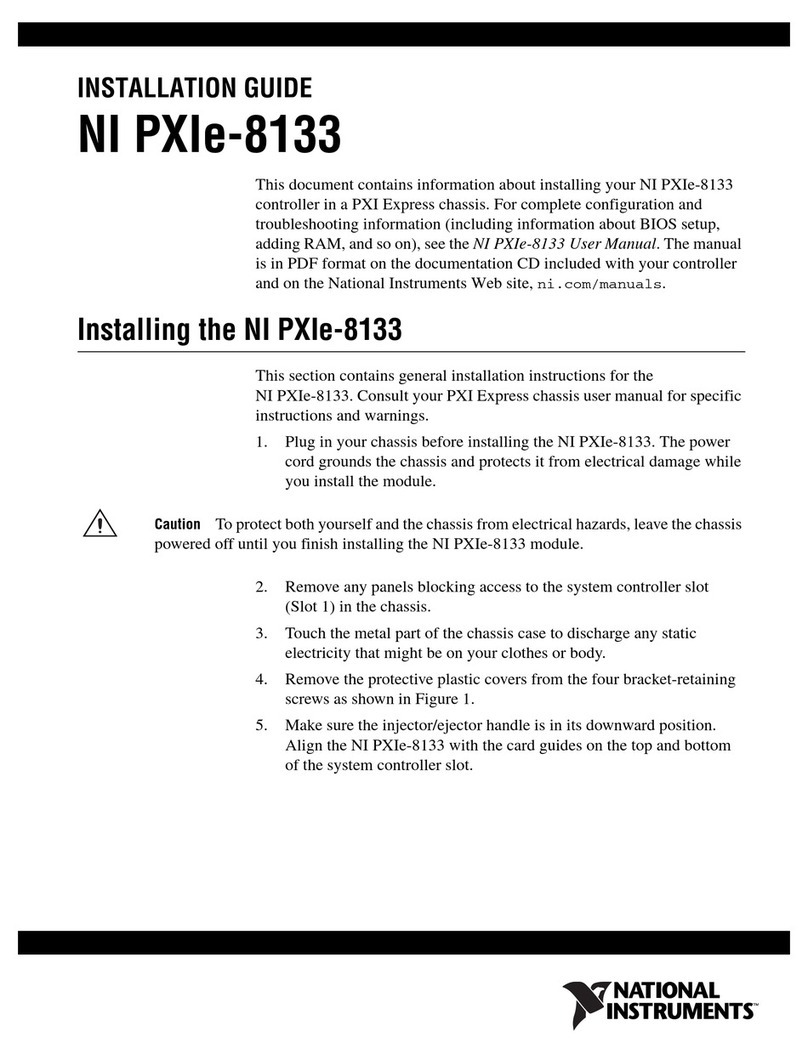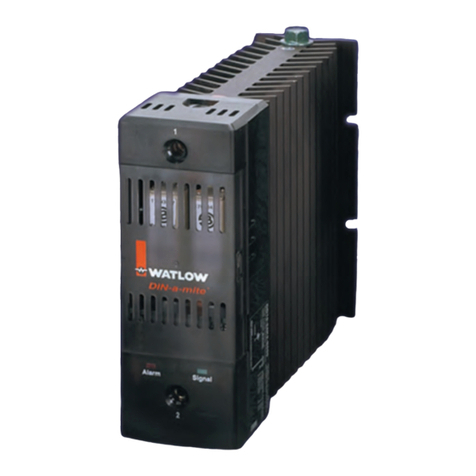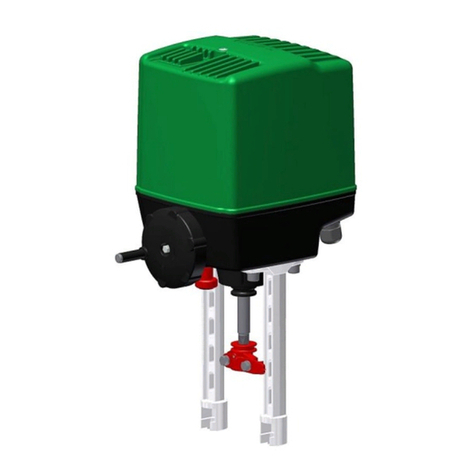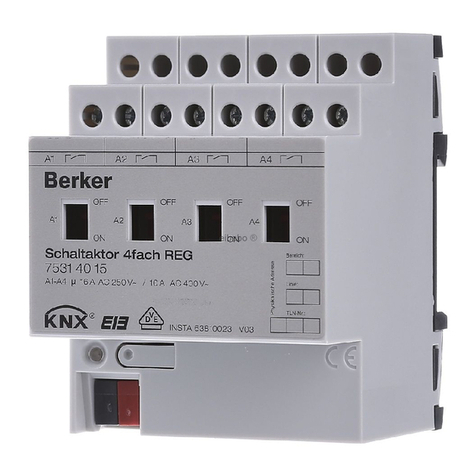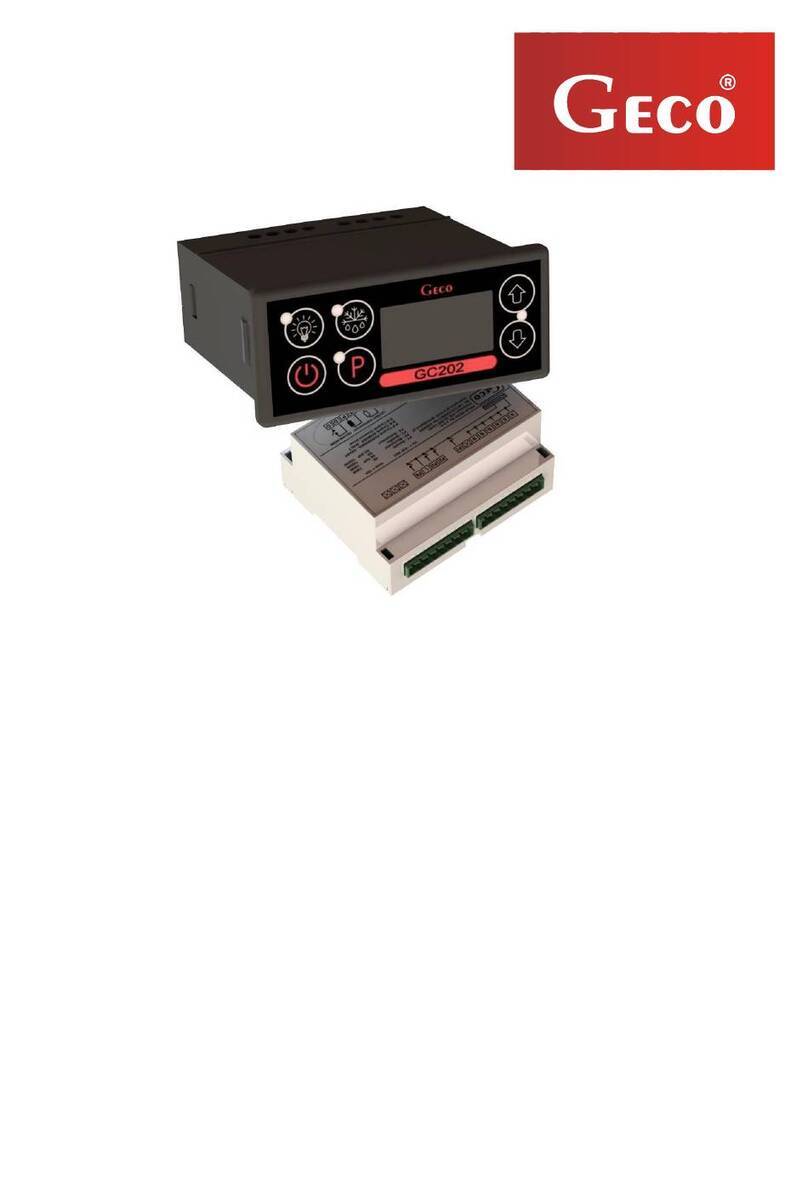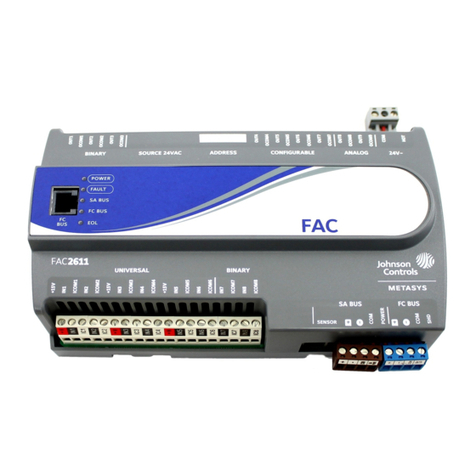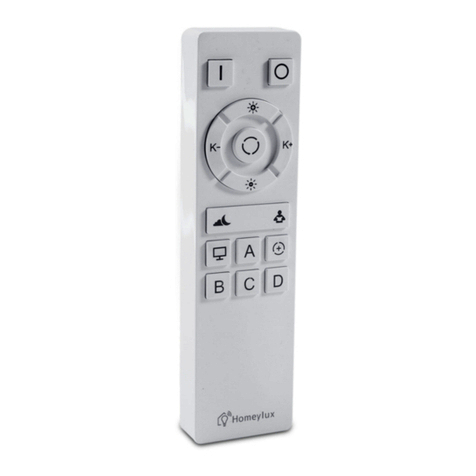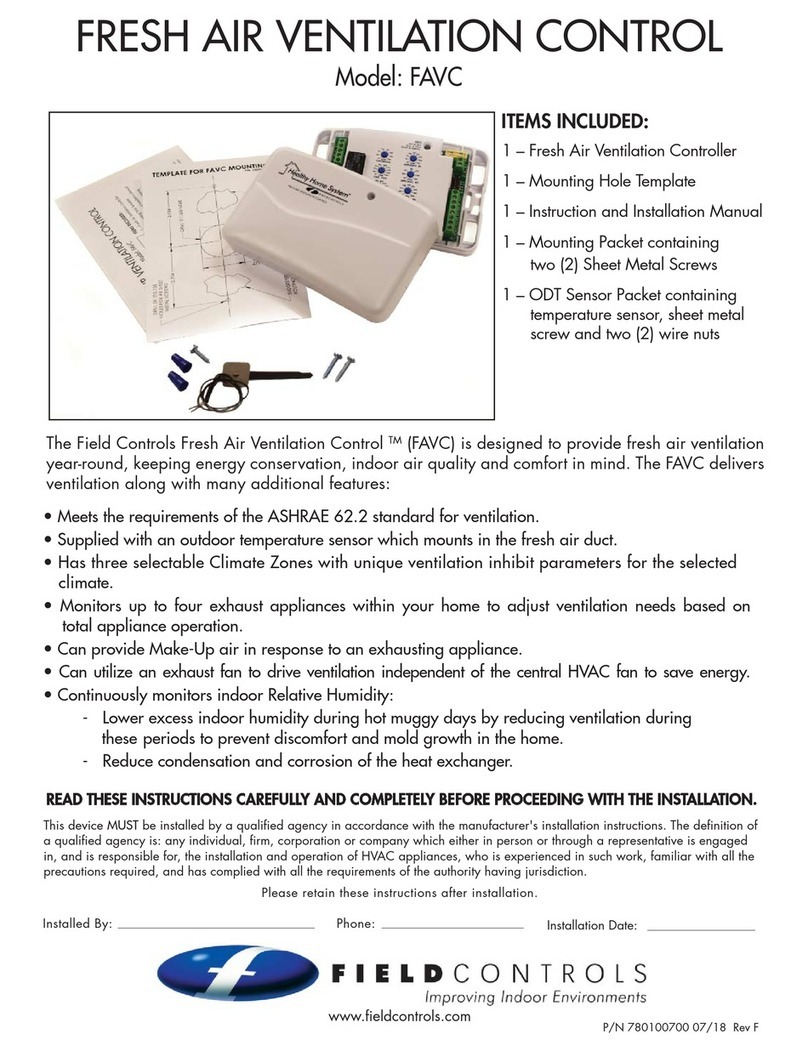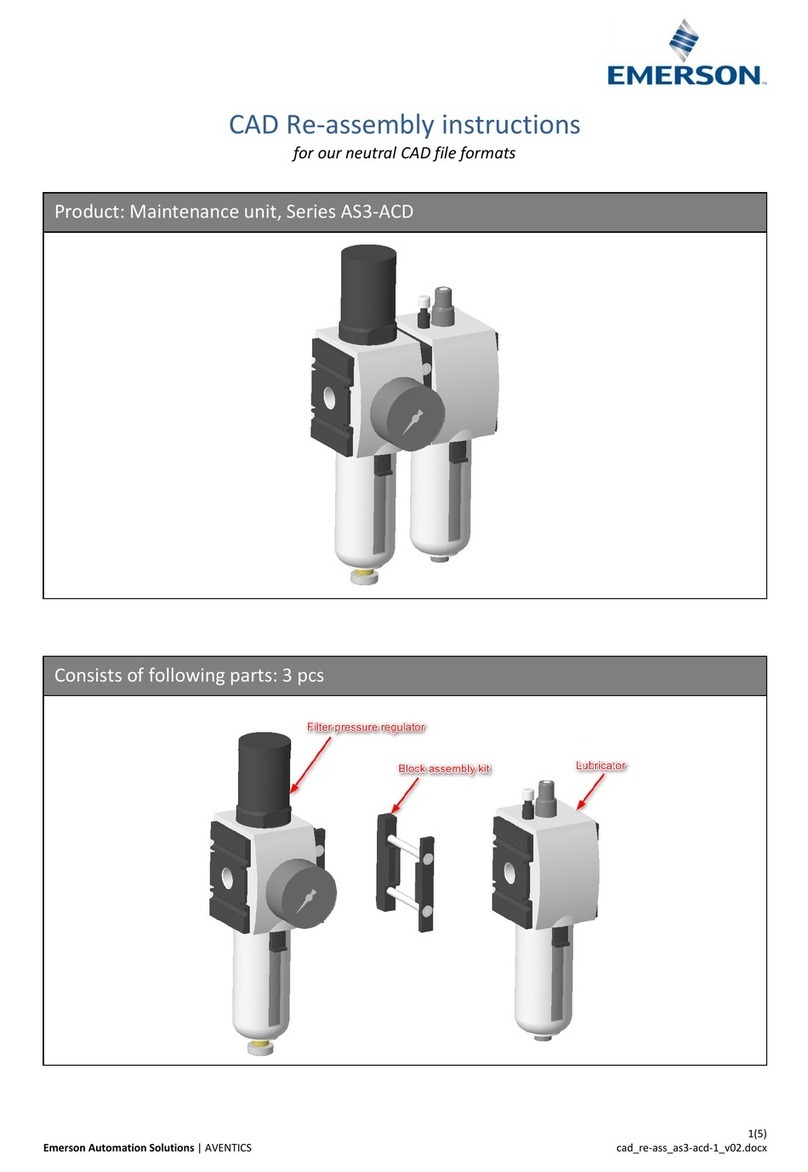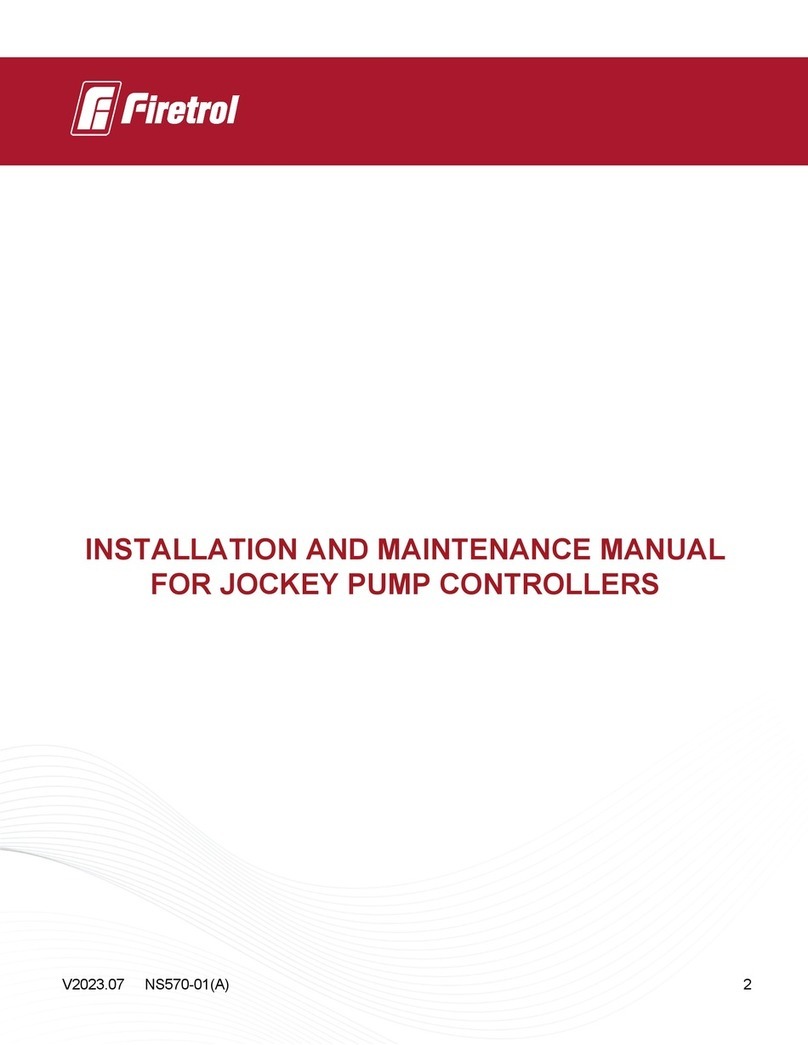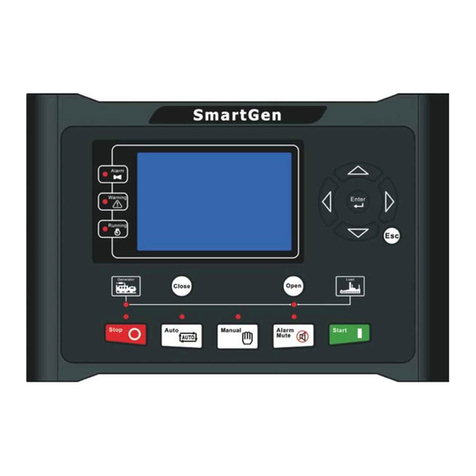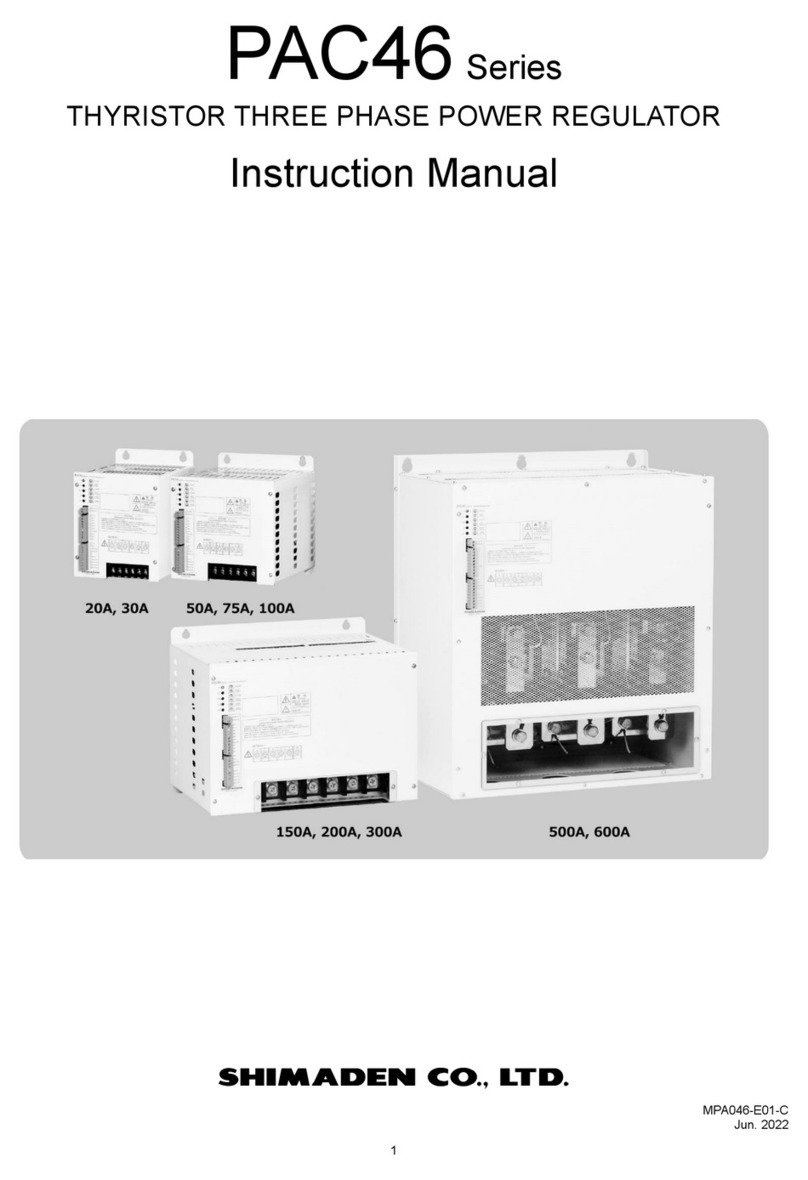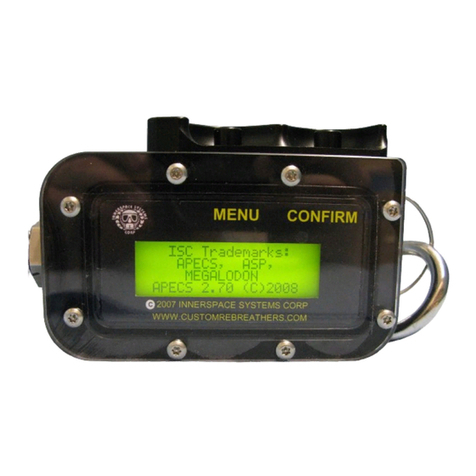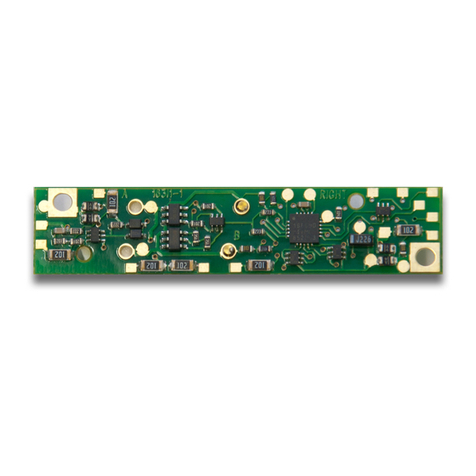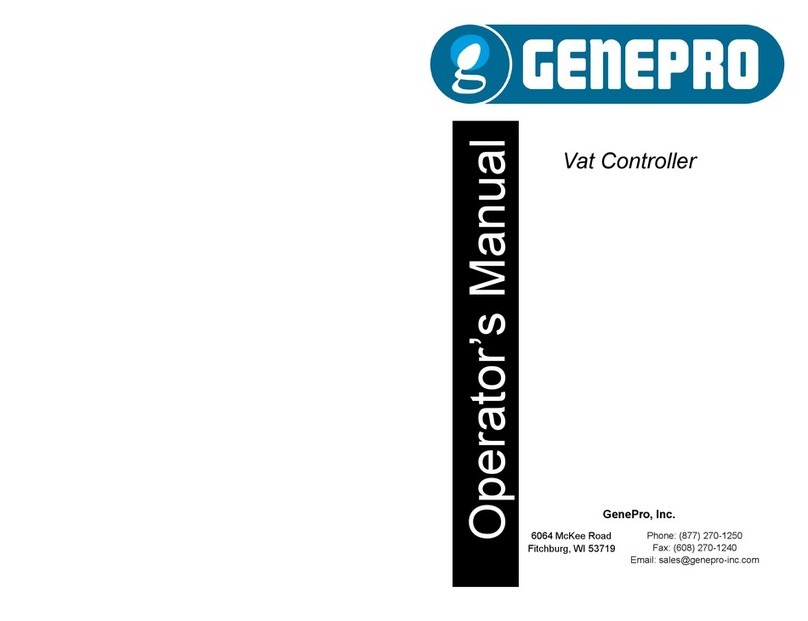
3
GX300 Regulator Maintenance Manual
1. In order to correctly perform the procedures outlined in
this manual, it is important to follow each step exactly in
the order given. Read over the entire manual to become
familiar with all procedures and to learn which specialty
tools and replacement parts will be required before
commencing disassembly. Keep the manual open beside
you for reference while performing each procedure. Do
not rely on memory.
2. All service and repairs should be carried out in a work area
specically set up and equipped for the task. Adequate
lighting, cleanliness and easy access to all required tools
are essential for an efcient repair facility.
3. Before beginning any disassembly, it is important to rst
perform the initial inspection procedure. Refer to Table
1 : Troubleshooting Guide page 10, to determine the
possible cause of any symptoms which may be present.
4. As each unit is disassembled, reusable components
should be segregated and not allowed to intermix with
non-reusable parts or parts from other units. Delicate
parts, including valve spindles and valve seats which
contain critical sealing surfaces, must be protected and
isolated from other parts to prevent damage during the
cleaning procedure.
5. Use only genuine Apeks parts provided in the service kit.
6. Do not attempt to reuse mandatory replacement parts
under any circumstances, regardless of the amount of
use the product has received since it was manufactured
or last serviced.
7. When reassembling, it is important to follow every torque
specication prescribed in this manual, using a calibrated
Newton Meter (Nm) or Inch Pound (in.lb) torque wrench.
Most parts are made of either marine brass or plastic,
and can be permanently damaged by undue stress.
SCHEDULEDSERVICE
The same service schedule as outlined in the Gorski
technical manual should be followed but using the regulator
service kit and tools described in this manual. The G3000SS
diving helmet is subject to annual service regardless
of usage. With heavy use in contaminated water it is
recommended to service the regulator more regularly. In
some contaminated water it may be preferable to replace
the regulator seals after every use and this should be
determined via risk assessment.
The G3000SS helmet has been CE certied by
Germanischer Lloyd SE, Brooktorkai 18 . 20457 Hamburg,
Germany Notied Body number 0098 and has been found to
be in accordance with the requirements of Council Directive
89/686/EEC. When examined the product satised the
requirements of the manufacturer’s technical specications
(based upon BS EN 153333 requirements), which has been
previously assessed and deemed to meet the basic health
and safety requirements (Annex II) ot the directive.
This manual is copyrighted, all rights reserved. It may not,
in whole or in part, be copied, photocopied, reproduced,
translated, or reduced to any electronic medium or machine
readable form without prior consent in writing from Apeks
Marine Equipment Ltd. It may not be distributed through the
internet or computer bulletin board systems without prior
consent in writing from Apeks Marine Equipment Ltd.
©2013 Apeks Marine Equipment Ltd.
G3000SS DIVING HELMET
(APEKS GX300 REGULATOR)
Maintenance Manual(19/03/2015 Issue 3)
This manual provides factory prescribed procedures for the
correct installation, adjustment and maintenance of the Apeks
GX300 regulator tted to the G3000SS diving helmet. This
is intended as a supplement to the Gorski G2000SS helmet
technical maintenance manual.
The G3000SS diving helmet is a G2000SS helmet but with the
following important revisions:
- Apeks GX300 2nd stage regulator
- Double exhaust and double water dump.
- Ergonomic free ow knob
- 4-wire communications (Marsh Marine or Hi-Use version)
This manual should be read in conjunction with the G2000SS
manual. Instructions for upgrading a G2000SS to a G3000SS
are included in this manual.
All the checklists and set-up procedures described in the
G2000SS technical manual need to be followed.The
procedures outlined within this manual are to be performed only
by personnel who have received factory authorised training. If
you do not completely understand all of the procedures outlined
in this manual, contact Apeks or Aqualung to speak directly with
a Technical Advisor before proceeding any further.
As with the G2000SS helmet the diver is recommended to carry
an emergency gas supply so that in the event of an interupted
umbilical supply the diver has enough reserve gas to return to
a place of safety. With the G3000SS diving helmet there are
various options for the emergency gas supply or bail out. These
options are laid out later in this manual.
COPYRIGHT NOTICE
INTRODUCTION
WARNINGS, CAUTIONS & NOTES
WARNINGS indicate a procedure or situation
that may result in serious injury or death if
instructions are not followed correctly.
CAUTIONS indicate any situation or technique
that will result in potential damage to the
product, or render the product unsafe if
instructions are not followed correctly.
NOTES are used to emphasise important points,
tips, and reminders.
GENERAL GUIDELINES




















